Was Hamas the Work of the Israeli Mossad?
By RAMZY BAROUD
While various Western governments are struggling to define a possible relationship with the Palestinian movement Hamas, some progressive and leftist circles are also uneasy regarding their own perception of the Islamic movement.
Some have even made the claim that Hamas is, more or less, an Israeli concoction. In fact, the accusation that Hamas was created by Israeli intelligence has become so commonplace that it often requires no serious substantiation. While the claim, as it stands, is erroneous, there is certainly a reason and history behind it. But was Hamas, in fact the work of the Israeli Mossad?
The mere suggestion is consequential, for not only does it discredit one single faction, but implies that Palestinians are deceived into thinking that they actually have some control over their collective destiny. This notion – that Hamas is the brainchild of Israel – is simply incorrect.
It could very well be complicated for one to grasp how such a movement could take a foothold and flourish with such popular support if one has no familiarity with the social, economic and religious history of the Gaza Strip, the birthplace of Hamas.
It is true that for years, Palestinians have suffered poverty, hunger and humiliation under the Israeli occupation. And while the Palestinian Liberation Organization (PLO) has played a major role in representing and speaking on behalf of the Palestinian people abroad, its role in the occupied territories has been, at best, lacking.
There are reasons for that, not least because the PLO had its own complex regional and international priorities, and that it lacked the grassroots leverage enjoyed by the Islamic movement. It was only a natural response for the religious institution to fill the gap of an absent government, a role that it took seriously. But let’s look a bit more carefully into the evolution and growth of Hamas in Gaza in particular, a presence that was making a strong impact as early as 1967.
In the early years of the occupation, the Islamic movement in Gaza strategized an effort that would require a strong and well-established foundation. Initially, the movement refuted the notion of armed-struggle and was often criticized and ridiculed by secular liberation movements for masking their weak nature as "pacifism".
The truth is, the Islamic movement in Gaza didn’t disregard armed struggle in and of itself; it felt that this nation of mostly refugees was in a vulnerable state and would need years of preparation before they could actually become a force to be reckoned with. For this reason, they invested decades to strengthening social bonds in Gazan society, by building mosques, childcare centers, hospitals, schools and so forth.
The years between 1967 to 1975 were designated by the Islamic movement as the phase of "mosque building". The mosque was the central institution that galvanized Islamic societies in Gaza. It was not simply a place of worship but also a hub for education, social and cultural interaction, and later political organization.
In the period between 1967 to 1987, the number of mosques in Gaza tripled, rising from 200 to 600 mosques. The years between 1975 well into the 1980s were dubbed the phase of "social institution building", which included the formation of Islamic clubs, charitable organizations, student societies, etc, which all served as meeting points for Muslim youth.
In 1973, the Islamic Center was established in Gaza, the actual body that served as the heart of all the movement’s activities. It was widely understood that the center was an extension of the Egypt-influenced Muslim Brotherhood of the past. Israel purposely did little to halt the establishment of the organization, as it also did little to assist in its growth.
Israel’s curious attitude could be explained as part of its policy of reward and punishment. Since the Islamists had – at that particular time – renounced armed struggle, and were providing services, which spared the Israeli budget many millions, there seemed little need to discontinue what at the time may have seemed innocuous activities. But more importantly, Israel was wary of the augmentation of PLO institutions abroad and growing influence on Palestinian societies in the occupied territories.
More, the growing bitterness between other liberation movements in Gaza and the Islamic movement, led by Sheikh Ahmad Yassin gave Israel hope that growing hostilities would result in the pacifying and paralysis of all respective groups, sparing Israel the rigorous task of reining them in. One could argue that any Israeli interference to halt the growth and evolvement of the Islamic movement in Gaza, in that period, would have merely sped up its radicalization, as opposed to annihilating it altogether.
The 1970s and the 1980s were years of growing turmoil for Palestinians with the Camp David Accords, the Israeli invasion of Lebanon and the many massacres committed by Israel, killings that came to a pinnacle with the 1982 massacres by a Lebanese Forces Christian militia group in Sabra and Shatilla in Lebanon.
It was during this time that the Islamic movement in Gaza was undergoing a tremendous metamorphosis. Decades of groundwork would now be put to the test as the movement evolved to embrace armed struggle. It was certainly not an immediate transformation, but in fact had been evolving since as early as 1967.
Whether religious trends are rational in their very narratives or otherwise, the fact was the growth, shifts and evolvement of the Palestinian Islamic movement, in all of its manifestations in the Gaza Strip, followed a rational process that was unique to Gaza and its history.
No other place in Palestine was as qualified to spawn a major Islamic movement as was the Gaza Strip. The Strip was desperately poor, its population mostly composed of refugees and their descendants. Islamist leaders were themselves refugees and were mostly refugee camp dwellers.
So it was that "Hamas" finally made its official appearance in 1987, taking the transformation of the Islamic movement in Gaza one step further, with the birth of the first Palestinian Intifada. Nearly two decades later, Hamas enjoyed a landslide victory in Palestinian elections, another testimony to its phased and calculated growth.
Instead of trying to understand and appreciate the history behind the popular movement, Western countries responded by sanctions, blockades, and a protracted and suffocating siege by Israel that came to a head with the bloodiest massacre of defenseless Palestinian civilians since 1948.
Analysts, politicians, critics and third-parties alike can squabble about the origins and history of this movement that has among many things given a large segment of Palestinian society a sense of self-respect and feeling of leverage with their occupiers; but to advocate that Hamas was cooked up by some Israeli agents hell-bent on the demise of the Palestinians is simply hogwash.
– Ramzy Baroud (www.ramzybaroud.net) is an author and editor of PalestineChronicle.com. His work has been published in many newspapers, journals and anthologies around the world. His latest book is, The Second Palestinian Intifada: A Chronicle of a People’s Struggle (Pluto Press, London).


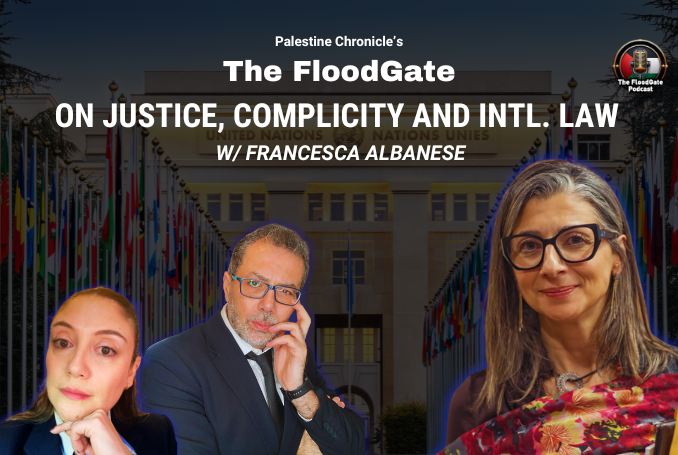





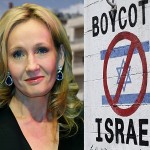




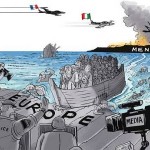



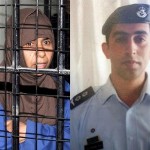
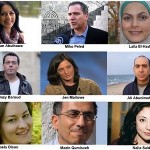
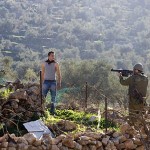

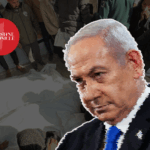
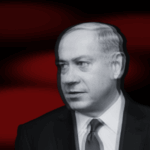

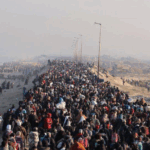

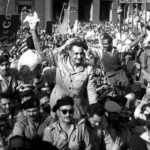
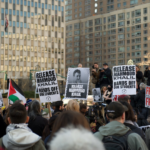

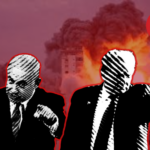
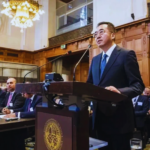
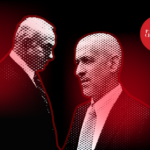
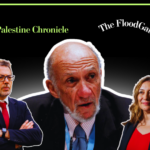
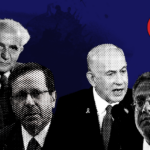
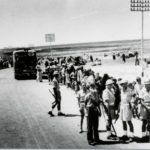
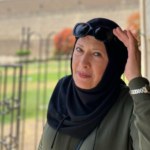




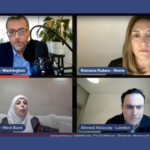
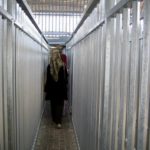
0 Comments